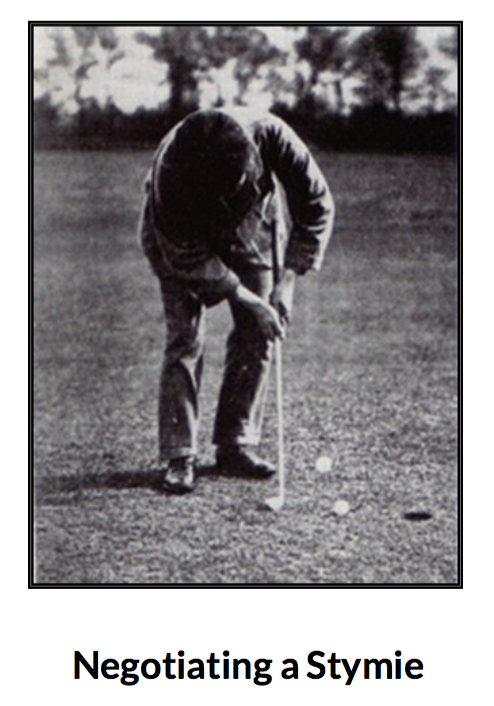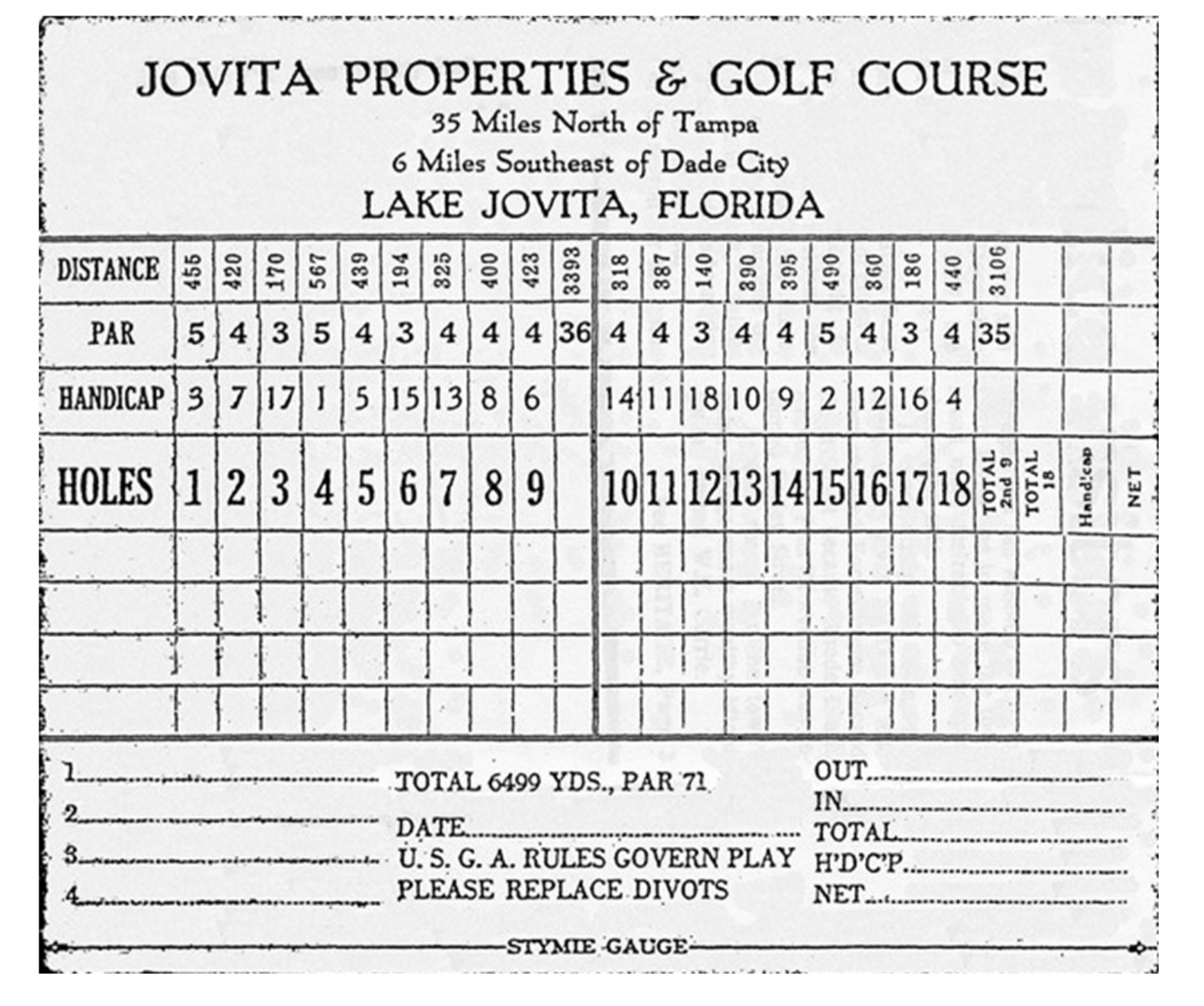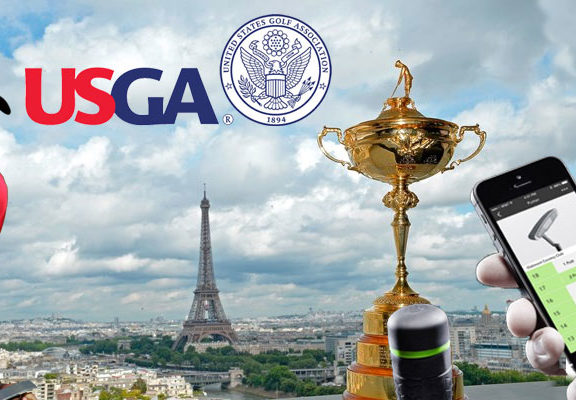Last evening I watched the Golf Channel’s live presentation: “This Week at the PGA Championship”.
During the telecast I heard one of the commentators remark that the PGA was once played as a head to head match play completion and, for many of the past championships, played at match play, the stymie rule was in effect.
I, as an older and life-long golfer, immediately knew about the stymie rule. But, I immediately wondered if many of the other viewers had any idea about “The Stymie”.
You see, prior to 1950 (1951 for the R&A) the rules for match play golf limited the marking and lifting of a player’s ball on the putting green. Frequently this resulted in a player’s putting line being blocked by his or
Last evening I watched the Golf Channel’s live presentation: “This Week at the PGA Championship”.
During the telecast I heard one of the commentators remark that the PGA was once played as a head to head match play completion and, for many of the past championships, the stymie rule was in effect.
I, as an older and life-long golfer immediately knew the stymie rule. But, I immediately wondered if many of the other viewers had any idea about “The Stymie”.
You see, prior to 1950 (1951 for the R&A) the rules for match play golf lim- ited the marking and lifting of a player’s ball on the putting green. Frequently this resulted in a player’s putting line being blocked by his or her competitor’s ball… called a stymie.
The History of The Stymie
There was never a specific “Stymie Rule”; stymies resulted from the general principle of golf that you played the ball as you found it… never moving or touching the ball until it was holed out. As a result, dur- ing the course of play stymie situations accidentally occurred… it was called: “the rub of the green”.
But, some shrewd golfers realized the competitive advantage that could be gained by intentionally stymie- ing, or blocking an opponent’s ball. Shots were developed and played to intentionally create stymies… and shots were developed, and played to circumvent stymie situations.
Eventually the rules of the game were relaxed to allow a player to request an opponent’s ball be marked, but only when the opponent’s ball lie within six inches of his or her ball.
To accommodate for this frequent 6 inch measurement between balls course scorecards were almost al- ways a standard six inches in length. Take a look at the bottom of the old scorecard below and you’ll see “Stymie Gauge” printed. This, of course, meant that the scorecard was the accepted standard of six inches and could be used to measure the distance between opponent’s balls and determine a stymie.







